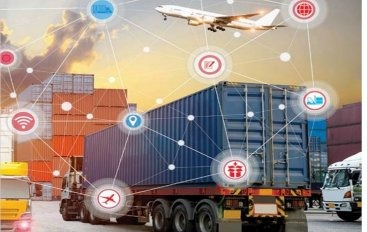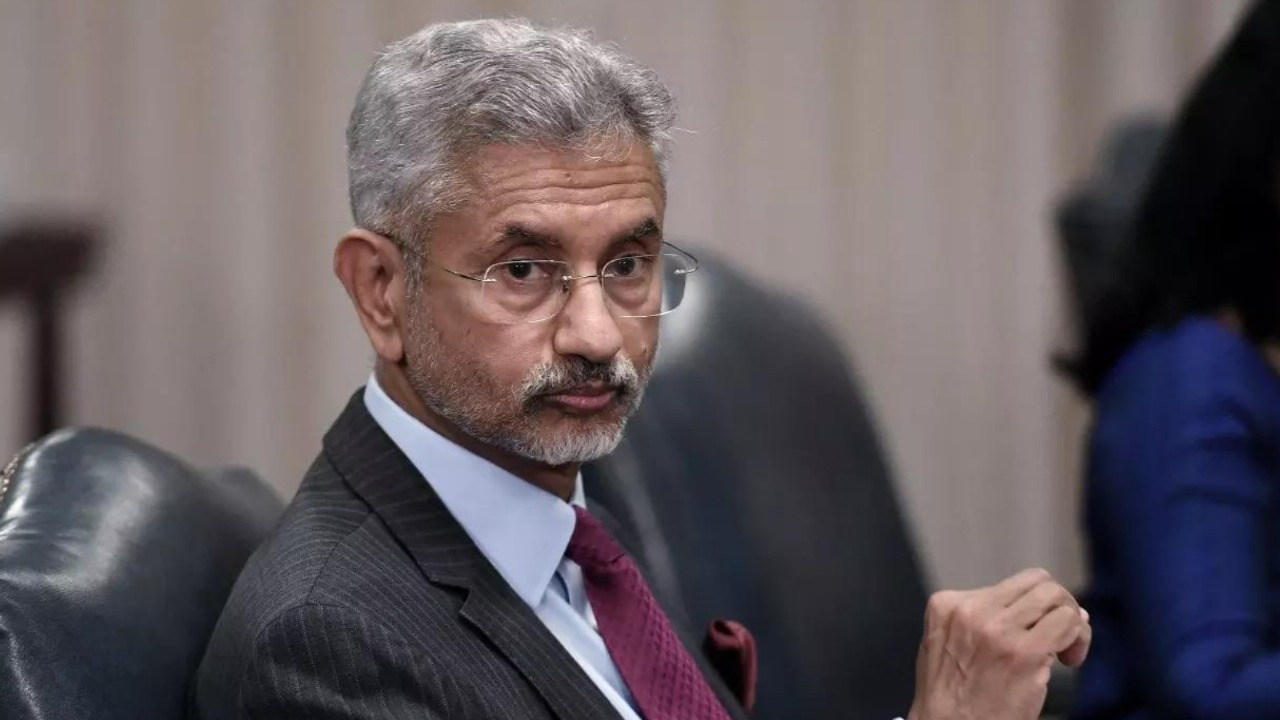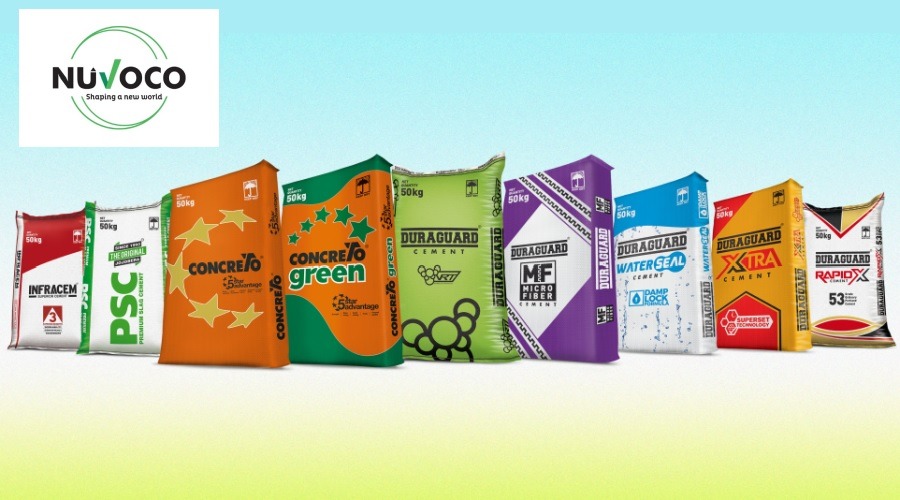 Image Source : BW Businessworld
Image Source : BW Businessworld
Key Highlights
India’s logistics industry is projected to reach $800 billion in value by 2030, contributing approximately 11 percent to the country’s GDP.
Rapid growth is fueled by large-scale infrastructure investment, policy reforms, and digital adoption, propelling India to become Asia’s logistics powerhouse.
Over 22 million people are employed in the sector, with further job creation expected as supply chains become more sophisticated and widespread.
Major Growth Drivers
-
Infrastructure modernization: Initiatives such as the PM GatiShakti Master Plan, multi-modal logistics parks, dedicated freight corridors, port upgrades, and airport expansion have vastly improved connectivity and reduced transit costs and times nationwide.
-
Technology integration: The introduction of the Unified Logistics Interface Platform (ULIP), Logistics Data Bank (LDB), automation, and analytics now allow for real-time tracking, smarter inventory management, and faster operations.
-
Strong policy support: Recognition of logistics as “infrastructure” unlocks access to funding, ensures regulatory coherence, and fosters easier business practices, especially with the launch of the National Logistics Policy targeting cost reduction and supply chain integration.
-
E-commerce expansion: Online retail and mobile commerce have exponentially increased demand for quick, reliable delivery services, spurring innovation and investment in logistics operations.
Emerging Trends
-
Green and sustainable logistics: Companies are moving towards electric vehicles, solar-powered warehouses, and eco-friendly packaging, supported by regulatory incentives for clean energy and emission reduction.
-
Last-mile delivery focus: Growth of tier-2 and tier-3 cities, together with rural expansion, makes localized distribution hubs and micro-fulfillment centers central to future logistics networks.
-
International integration: India’s involvement with global supply chains and projects like the India-Middle East-Europe Economic Corridor are expanding maritime and air logistics, enabling competitive exports and resilient import strategies.
Sector Strengths
-
Large, diverse workforce and improving skill levels through targeted training programs.
-
Billion-dollar investments from both government and private players are creating modern infrastructure across land, sea, and air.
-
Logistics costs as a share of GDP are targeted to come down from 13-14 percent to global norms of 8 percent by 2030, supporting global competitiveness.
Challenges and Headwinds
-
Fragmented landscape: Diverse modes and multiple operators mean efficiency varies widely by region and commodity type.
-
Skill gaps: Tech-driven logistics require new training and education for workers at all levels.
-
Regulatory complexity: Multiple government bodies and local authorities require increased coordination for seamless cross-border and domestic movement.
Looking Ahead
The continued rollout of logistics parks, urban and rural initiatives, and digital platforms will drive innovation and efficiency gains in coming years.
As India integrates deeper into the world economy and aims for a $5 trillion GDP by 2027, logistics will become the backbone of commerce, manufacturing, retail, and exports.
Sector experts foresee the industry as a key enabler for achieving “Viksit Bharat 2047,” bringing jobs, sustainability, and growth to every corner of the country.
Source: The Statesman, August 18, 2025
Advertisement
Advertisement







